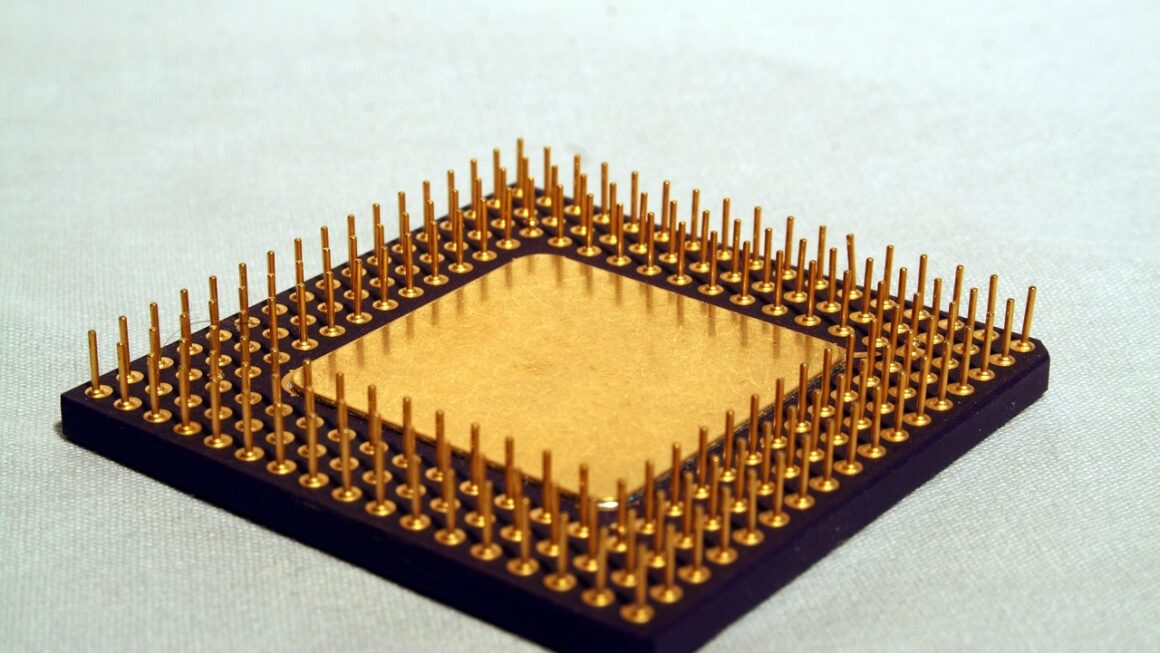Augmented Reality (AR) glasses are poised to revolutionize how we interact with the world, blending digital information seamlessly with our physical surroundings. Imagine a world where directions appear overlaid on the street in front of you, where you can see product information simply by looking at an item in a store, or where you can collaborate with colleagues on a virtual design, all hands-free. This is the promise of AR glasses, and while the technology is still evolving, it’s quickly becoming a reality with massive implications for business, entertainment, and daily life.
What are AR Glasses?
Definition and Functionality
AR glasses, unlike Virtual Reality (VR) headsets which completely immerse you in a digital world, overlay digital information onto your real-world view. Think of it as a heads-up display (HUD) for your life. They typically use transparent displays, cameras, sensors, and processing power to achieve this.
- Display Technology: AR glasses typically employ optical see-through or video see-through displays. Optical see-through uses prisms or waveguides to project images onto the user’s eye, while video see-through uses cameras to capture the real world and then overlays digital information on the video feed.
- Sensors and Cameras: These components are crucial for understanding the user’s environment. They include:
Cameras for capturing images and video of the surrounding world.
Depth sensors for mapping the environment in 3D.
Accelerometers and gyroscopes for tracking head movements.
GPS for location awareness.
- Processing Power: The glasses require significant processing power to handle image recognition, environmental mapping, and data processing in real-time. This can be done on the device itself or through a connected device like a smartphone or computer.
Key Components of AR Glasses
Understanding the components that make up AR glasses helps in understanding their capabilities and limitations:
- Display: The most important part of AR glasses. Waveguide technology is becoming increasingly common, allowing for thinner and lighter designs.
- Cameras & Sensors: Allow the glasses to “see” and understand the world around the user.
- Microphone & Speakers: Enable voice control and audio feedback.
- Connectivity: Bluetooth, Wi-Fi, and sometimes cellular connectivity are essential for communication and data transfer.
- Battery: Battery life remains a crucial factor, as AR glasses require significant power to operate.
The Benefits of Using AR Glasses
Enhanced Productivity and Efficiency
AR glasses can significantly boost productivity in various industries. Imagine a mechanic repairing an engine with step-by-step instructions overlaid directly onto their view, or a warehouse worker locating items with pinpoint accuracy using AR-guided navigation.
- Hands-free Access to Information: Reduces the need to consult manuals or screens, freeing up hands for other tasks.
- Real-time Guidance and Assistance: Provides instant access to instructions, diagrams, and expert advice, improving accuracy and reducing errors.
- Improved Collaboration: Enables remote experts to provide real-time assistance and guidance to workers in the field. For example, a surgeon can use AR glasses to consult with a specialist located miles away, sharing a live view of the operating field.
Improved Training and Education
AR glasses offer immersive and interactive learning experiences, allowing students to engage with educational content in a more meaningful way.
- Interactive Simulations: Students can dissect a virtual frog without the mess, or explore the solar system in their own classroom.
- Personalized Learning: AR applications can adapt to individual learning styles and paces.
- Enhanced Engagement: The immersive nature of AR makes learning more engaging and memorable. Imagine learning about ancient Rome by virtually walking through the Forum.
Entertainment and Gaming
AR glasses are poised to revolutionize the entertainment and gaming industries, creating new and immersive experiences.
- Immersive Gaming: Users can play games that blend seamlessly with their physical environment. Imagine fighting aliens in your living room or navigating a virtual maze in your backyard.
- Interactive Entertainment: AR glasses can overlay digital content onto real-world events, creating interactive and engaging experiences. Think of attending a concert and seeing virtual effects overlaid on the stage.
- Personalized Experiences: AR can personalize entertainment experiences based on the user’s preferences and location.
AR Glasses in Different Industries
Manufacturing
AR glasses are transforming manufacturing processes by providing workers with real-time information, guidance, and assistance.
- Assembly Line Support: Workers can see instructions overlaid on the parts they are assembling, reducing errors and improving efficiency.
- Quality Control: AR glasses can automatically detect defects in products, improving quality control processes.
- Maintenance and Repair: Technicians can access schematics and repair instructions hands-free, speeding up maintenance and repair operations. Boeing has used AR to reduce wiring assembly time by 25%.
Healthcare
AR glasses are being used in healthcare for a variety of applications, from surgical assistance to patient care.
- Surgical Guidance: Surgeons can use AR glasses to visualize patient data and surgical plans in real-time, improving accuracy and reducing complications.
- Medical Training: Medical students can practice surgical procedures in a safe and realistic environment.
- Patient Care: Nurses can use AR glasses to access patient information and medication schedules hands-free, improving patient care. AccuVein uses AR to project veins onto a patient’s skin, making it easier for nurses to find veins for injections or blood draws.
Retail
AR glasses are enhancing the shopping experience for consumers and providing retailers with new ways to engage with customers.
- Virtual Try-on: Customers can virtually try on clothes, accessories, and makeup before making a purchase.
- Product Information: Customers can access product information and reviews simply by looking at an item in a store.
- Navigation: AR glasses can guide customers through stores, helping them find products and navigate the aisles. Sephora uses AR to allow customers to virtually try on makeup.
Challenges and Future of AR Glasses
Technological Limitations
While AR glasses hold immense potential, several technological challenges need to be addressed before they can become mainstream.
- Battery Life: Improving battery life is crucial for making AR glasses practical for everyday use.
- Processing Power: Increasing the processing power of AR glasses is essential for handling complex applications.
- Comfort and Design: AR glasses need to be lightweight, comfortable, and aesthetically pleasing to appeal to a wider audience.
- Display Technology: Improving display technology is essential for creating clear, bright, and immersive AR experiences.
Privacy and Security Concerns
The widespread adoption of AR glasses raises several privacy and security concerns.
- Data Collection: AR glasses collect a wealth of data about the user’s environment and behavior, raising concerns about how this data is being used.
- Facial Recognition: AR glasses could be used to identify people without their consent, raising privacy concerns.
- Security Vulnerabilities: AR glasses could be vulnerable to hacking and malware, potentially compromising the user’s privacy and security.
The Future of AR Glasses
Despite these challenges, the future of AR glasses looks bright. As technology continues to evolve, we can expect to see AR glasses become more powerful, lightweight, and affordable.
- Improved hardware: Advances in display technology, battery life, and processing power will lead to more capable and user-friendly AR glasses.
- New applications: We can expect to see new and innovative applications of AR glasses in various industries.
- Increased adoption: As AR glasses become more affordable and accessible, we can expect to see increased adoption among consumers and businesses.
Conclusion
AR glasses represent a significant leap forward in how we interact with technology and the world around us. While challenges remain, the potential benefits across various industries are undeniable. From enhancing productivity and training to revolutionizing entertainment and retail, AR glasses are poised to become an integral part of our lives in the years to come. As the technology matures and becomes more accessible, expect to see AR glasses transform the way we work, learn, play, and live. Keeping an eye on developments in this space is essential for anyone looking to stay ahead of the curve and capitalize on the opportunities presented by augmented reality.




